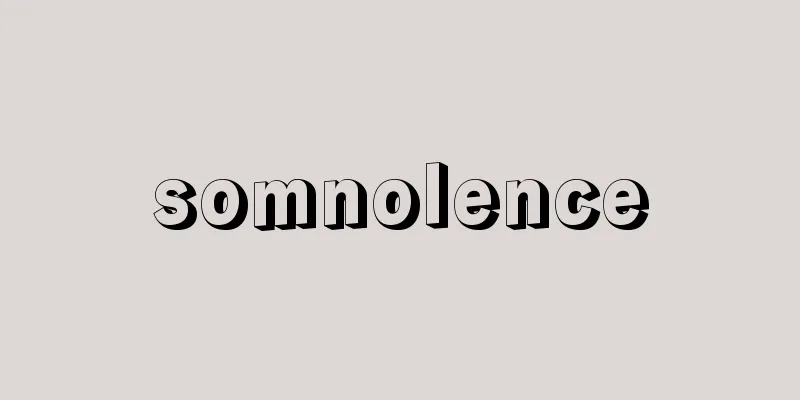Jazz Age

|
This term refers to a typical aspect of America during the postwar prosperity from the end of World War I to the Great Depression of 1929. It is also called the Rolling Twenties. Jazz is a form of music that began to become popular among white society at that time, but it also has connotations of sex and dance, and suggests a general state of nervous excitement. Due to prosperity and a sense of liberation after the war, the younger generation in particular rebelled against the conservative moral code of the previous generation and generally became hedonistic, leading to a rapid change in customs and manners. Source: Heibonsha World Encyclopedia, 2nd Edition Information |
|
第1次世界大戦終結から1929年の大恐慌にいたる,戦後の繁栄のなかにあったアメリカの代表的一面を指す言葉。ローリング・トウェンティーズとも呼ばれる。 ジャズは,その当時から白人社会にも流行し出した音楽の一形式だが,ほかにセックス,そしてダンスの意味ももち,神経の一般的興奮状態を暗示している。繁栄と,戦後の解放感から,とくに若い世代が,前代までの保守的な道徳律に反抗して,一般的に享楽的になり,風俗やマナーが急激に変わった時代である。
出典 株式会社平凡社世界大百科事典 第2版について 情報 |
Recommend
Indo-Greek - Indo-Greek
Greeks active in northwestern India from the 2nd c...
Electronic Components Industry
An industry that manufactures and sells parts that...
Cotter - cotter (English spelling)
A wedge used to connect two shafts or rods, inser...
Langkasuka (English spelling)
An ancient kingdom that existed in the northern pa...
Kichikichi grasshopper - Kichikichi grasshopper
An orthoptera insect, the former name of the fals...
"Theory of Conic Sections"
…Apollonius was born in Perga, a small city in As...
Shaon (English spelling) saǔm
In Korea, a land manager for tenanted land. Also c...
Stone-laying roof
A roof with stones placed on top of the shingles ...
Panaeolus papilionaceus (Japanese name)
Basidiomycetes, order Acarinales, family Coprinus....
Phylliidae
…General term for insects belonging to the family...
Bataille
French thinker and novelist. Born to a peasant fam...
Hemerocallis fulva (English spelling) Hemerocallisfulva
… [Mitsuru Hotta]... *Some of the terminology tha...
Johannes [XXIII] - Johannes
Pope of the Roman Catholic Church (reigned 1958-19...
Vocational school - Senshu gakko
In July 1975, the School Education Act was revise...
Zoraida
…To date, about 1,000 species are known. Most are...









